Introduction
Itasca State Park is one of the crown jewels of the Mississippi River region, and not just because the Mississippi River begins here. The park offers excellent outdoors experiences, historic lodges, and is fun to visit any time of year.
Don’t forget to check out the photo gallery and song selection below.
Visitor Information
Contact Itasca State Park office directly (218.699.7251).
History
The landscape of the Headwaters region was shaped by Pleistocene-era glaciers. The last glaciers receded about 20,000 years ago, leaving behind thousands of lakes like Itasca. The Mississippi River emerges from the north arm of Lake Itasca at an elevation of 1,475 feet above sea level and flows north—yes, north!—to Lake Bemidji before it changes direction.
The area around Lake Itasca has a long history of human activity, at least 8,000 years. The first settlers hunted large game with stone-tipped spears and traveled in small family groups (maybe 25-100 people) with a pet dog, moving around with the seasons. They lived around Lake Itasca in the spring, fishing and collecting turtles, then went west to the grasslands in the summer. In the fall, they returned to Itasca to hunt bison and collect acorns, hazelnuts, and berries. In winter, they stayed in caves and forests to the east of Lake Itasca.
Subsequent generations of people moved around with the seasons like their ancestors had, harvesting food and relying heavily on fish and game. Wild rice has probably been a food staple for thousands of years. Later communities developed distinctive styles of pottery, and some buried their dead in elaborate graves covered with mounds of dirt. Effigy mounds, those in the shapes of animals like birds or bear, became more common about 2,000 years ago.
While Europeans had been searching for the source of the Mississippi for a long time, the Ojibwe already knew where it was. Henry Schoolcraft is credited with making the definitive find in 1832, although it’s doubtful that he would have found it without the help of his Ojibwe guide, Ozaawindib.
The Ojibwe called the lake Omashkoozo-zaaga’igan (Elk Lake). Schoolcraft, though, wanted a grander sounding name for the source of the Mississippi, so with the help of William Boutwell, he coined a Latin phrase that means true head and simply took the middle letters from the phrase for the lake’s name: veritas caput became Itasca.
Much of the credit for the park’s creation goes to Jacob Brower, who conducted surveys of the area. He nursed the enabling legislation through a disinterested Minnesota Senate, and became the first and arguably most influential commissioner when the park was created in 1891.
The early years were challenging. At one point, commissioner Mary Gibbs had to stare down logging companies that were operating illegally in the park. Besides that, the park was a low priority for the state. Unwilling to purchase the land from timber companies that demanded a high price, most of what is now Itasca State Park was logged before 1920.
In the 1930s, the tide began to turn. During the Depression, men working for the Civilian Conservation Corps remade the park, building roads, fire towers, and campgrounds, and planting thousands of trees. They even remade the river itself. In 1933, the Civilian Conservation Corps began work to make-over the spot where the river emerges from Lake Itasca. The superintendent at that time wrote:
At this time I am sorry to say that the established sources of our great river is a swampy, muddy and dirty sight. Since the water is sluggish at this point, all the debris and wild grasses form there. This is, indeed, a sight that is not becoming to such a great river.
In the next eight years, the CCC dug a new channel for the first 2,000 feet of the river’s path, filled in the swamp, planted trees, and constructed a 44-foot dam at the outlet with a 2¼ foot tall placement of rocks to make it look natural. That’s the Headwaters you see today.
Within a generation the park became a popular destination, which it remains today. The park has grown to protect 30,000 acres of mostly second-growth forest. Its forests are home to 13 species of birds of prey (including bald eagles), black bear, and gray wolves. Loons call out from the lakes. Itasca State Park has maintained a wild character in spite of dramatic changes to its landscape over time and is truly one of the special places along the Mississippi River.
When to Visit
Itasca State Park is open all year, but the busiest season is mid-summer (July and August); a lot of school groups visit in May. The park is a peaceful place to visit in winter, just be prepared to dress in several layers as temperatures often drop well below 0°F. There is a fee to enter the park; you can either pay for a day or two or buy a season pass good for entry to all Minnesota state parks.
Exploring the Area
Most visitors start (and many end) their experience in the park with the short walk from the parking lot to the Headwaters. In summer, that selfie at the headwaters will probably include a lot of strangers. If you don’t want to be part of a large crowd, try visiting early or late in the day or sometime other than mid-summer. The Mary Gibbs Mississippi Headwaters Center has interpretive panels about the Mississippi River, including one describing the many names we’ve attached to it.
There’s so much more to the park than the Headwaters, though, such as 30 miles of hiking trails, wildlife viewing, and water recreation. Wilderness Drive, an 11-mile one-way loop through some of the remote areas of the park, is a great place to explore leisurely by bike or car. It’s also a good way to escape the crowds, especially if you get out of the car and hike. Some highlights:
- The Bohall Trail: a short hike through an old-growth stand of white and red pine (be prepared for mosquitoes).
- The bison kill site: a location that yielded a treasure-trove of artifacts left behind by humans some 8,000 years ago.
- Aiton Heights Fire Tower: a vigorous climb to the top that is rewarded with great views of the forest from 100 feet high.
Tours
The Mississippi River State Water Trail begins at Itasca State Park and runs to the Iowa border. The trail is divided into ten segments, and each one has been mapped in detail, so paddlers know what to expect. There are campsites at regular intervals, and many are accessible only from the water, so it’s unlikely you’ll have company. Some of the sites also have drinking water. You can download the most current versions of the maps from the Minnesota Department of Natural Resources.
Tours
Coborn’s Lake Itasca Tours will take you on the lake for a two-hour cruise on the Chester Charles.
While you’re in the park, check the schedule for ranger-led activities, like guided nature walks.
Entertainment and Events
The park offers educational talks throughout the busy months. Check the park schedule to see what’s going on while you’re there.
**Itasca State Park is covered in Road Tripping Along the Great River Road, Vol. 1. Click the link above for more. Disclosure: This website may be compensated for linking to other sites or for sales of products we link to.
Where to Eat and Drink
Douglas Lodge has a full-service restaurant that serves breakfast, lunch, and dinner in season. You can also get cafeteria-style food at the Mary Gibbs Mississippi Headwaters Center.
For more dining options, the towns of Bemidji, Park Rapids, and Walker are about 30 minutes away.
Where to Sleep
Whether you want to camp or stay in a lodge or cabin in the park, it’s a good idea to reserve in advance for stays in July or August . You can make your reservations on-line. If you are content to stay near the park rather than in the park, the towns of Bemidji, Park Rapids, and Walker are about 30 minutes away and offer a range of accommodations and restaurants.
Camping
The park has two main campgrounds with over 200 sites between them. Some sites are available for winter camping. There are also 11 backpack sites that require a one- to five-mile hike to reach; they are also open all year.
Cabins
Itasca State Park offers a range of accommodations within the park, including different sizes of cabins. The Lake Ozawindib Cabin is off the beaten path in a quiet location, while the others are near the campgrounds and main lodge.
Bert’s Cabins at Itasca State Park is a collection of 12 housekeeping cabins that were privately owned from 1939 to 2018. The are in great shape, with a full kitchen, heating and air conditioning, screened porches, and run from one to three bedrooms.
The cabins are generally open from May to October.
Moderate and up
Visitors have been staying in the rooms the Douglas Lodge since 1905. Other lodging structures, like the Douglas Lodge Four-plex, were built in the 1930s by the Civilian Conservation Corps. They generally are best for 2-4 people; some rooms have a kitchenette. Most are open from May to October, but the Four Season Suites are open all year.
Where to Go Next
Next stop downriver: Bemidji.
Community-supported writing
If you like the content at the Mississippi Valley Traveler, please consider showing your support by making a one-time contribution or by subscribing through Patreon. Every dollar you contribute makes it possible for me to continue sharing stories about America’s Greatest River!
Itasca State Park Photographs
A Song for Itasca State Park
[The Other End of] the Mississippi River Blues; Pat Donohue; 2003
©Dean Klinkenberg, 2024, 2021, 2018,2013,2011
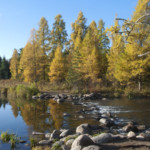

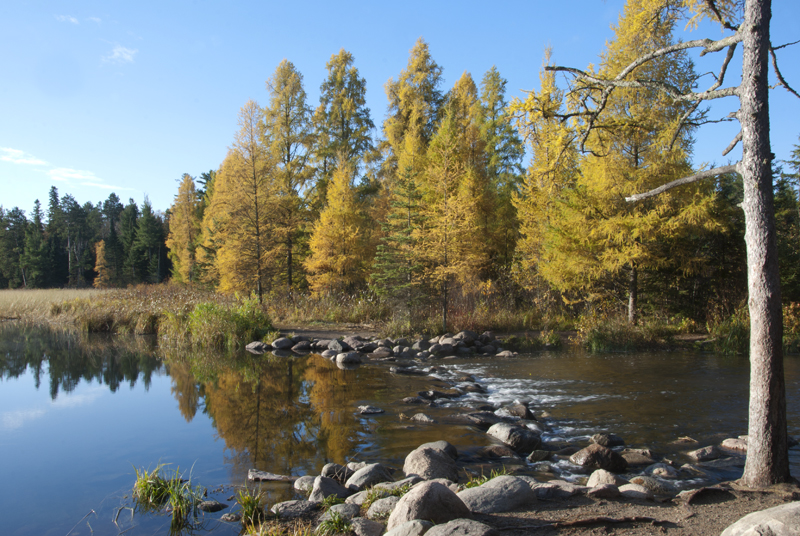
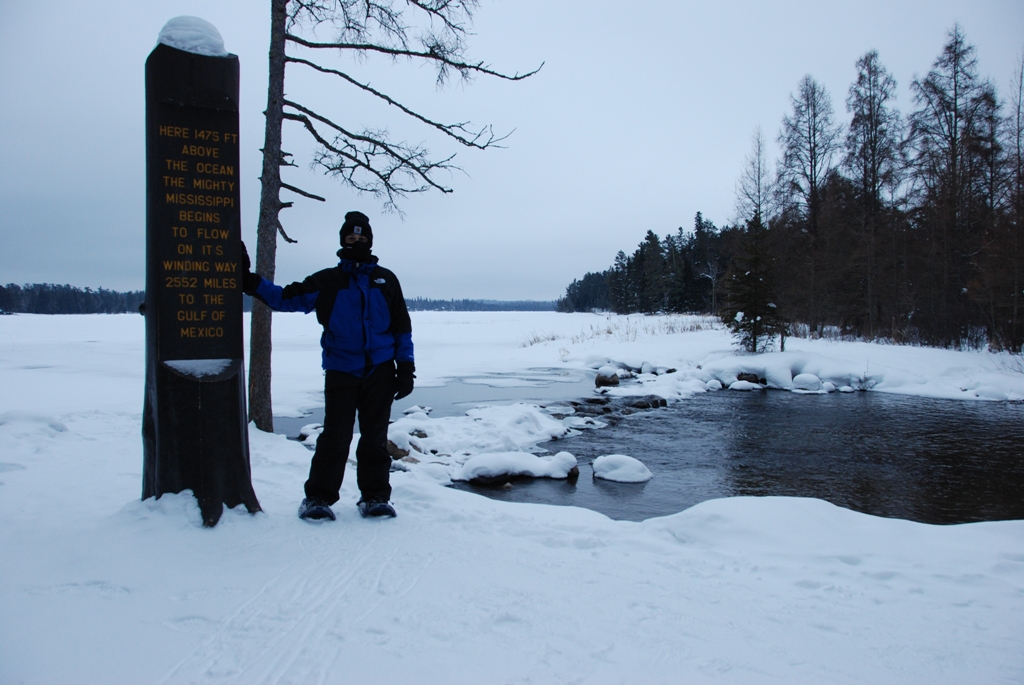


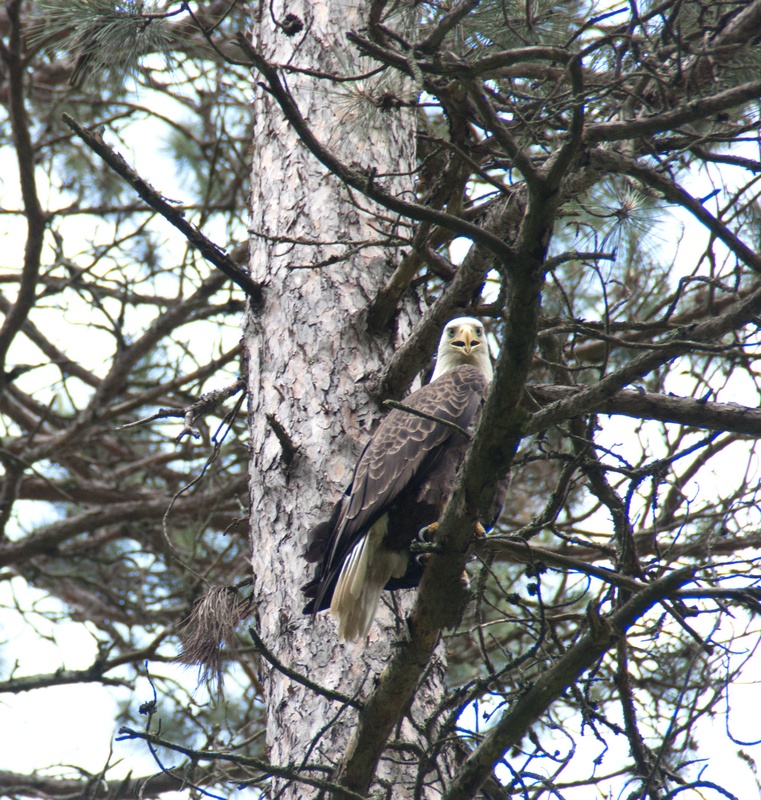

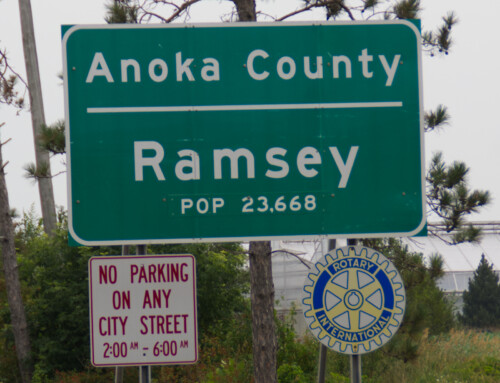
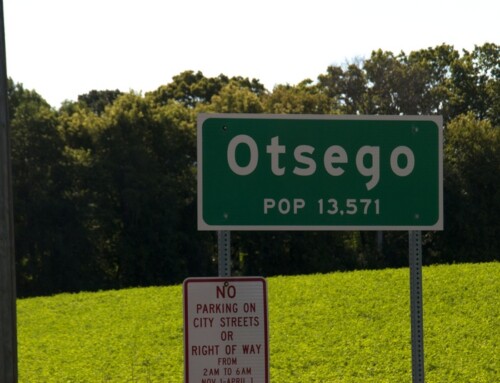
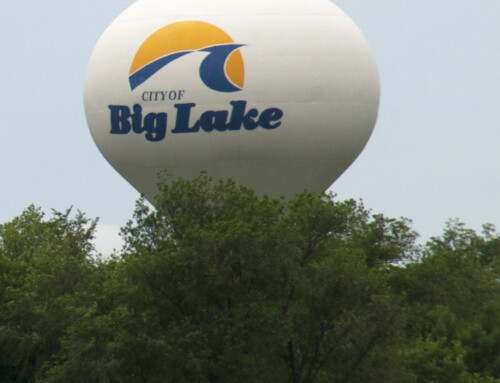
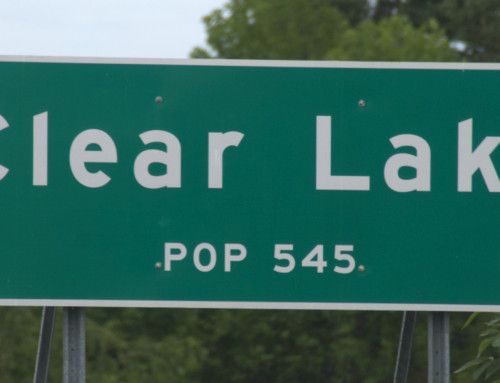

[…] first time I visited Itasca State Park, where the Mississippi spills gently out of Lake Itasca, the park was covered in a foot-and-a-half […]